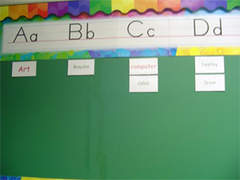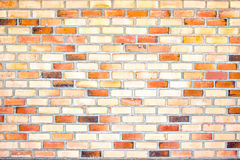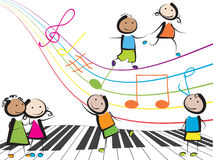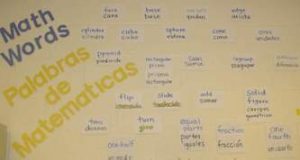The Word Wall
Word walls are great. I think they are a good strategy in the content areas to develop vocabulary for both monolingual and bilingual learners. Good examples are: math word walls, science word walls, history word walls…. , but a word wall to teach to decode? I always found it very confusing because it’s not accurate. A word wall to teach decoding looks like the letters of the alphabet on a wall and a column of words under each letter that start with the same letter. When children need to copy how to spell a word, they look at the wall, find the first letter and hopefully the word is in that column. I found that students were looking for letters rather than sounds. Again this may work for basic code when the letter ‘T’ sounds /t/, but when the letter ‘T’ is part of the digraph /th/ then it’s confusing. Therefore, when the student is looking to spell the word ‘one’, ‘the’, ‘chair’, ‘she’, where is s/he supposed to look? S/he is told to look at the ‘o’, ‘t’,’c’,’s’ columns, but the sounds don’t match.

It is very common to listen to students decode advanced code with basic code sound-out strategy. When I asked a student to make the sound for ‘s’, or ‘h’ there was no problem; however, the moment I showed the picture for ‘sh’, the student would instinctively separate the sounds into /s/ /h/ even if they were written together on the same square of paper. Looking at 3 squares of paper with these 3 different sounds, the student would always split the digraph (sh). This would repeat for other digraphs. This assessment showed me that the methodology that created this “learning difficulty” was the cause of the problem.
/o/
o au aw al a ough augh
pot fraud lawn walk father fought taught
The Sound Wall
As the name indicates, a sound wall deals with sound symbols or pictures of sounds. A sound wall would start with the sound symbols for the basic code, a continue with digraphs followed b other sounds and their spelling patterns. To grasp the concept that some sound symbols have two or more letters, requires direct, explicit, and systematic instruction. Instruction needs to show that one sound can be spelled in several ways which takes us into the advanced code that is so prevalent int texts at grade 4 level and beyond.

A brick wall can be transformed into a sound wall. The sound patterns change as children advance in their decoding and coding skills. The English code comprises French, Latin, and Germanic influences. Sometimes words were adopted ‘as is’ without changing them into the English sound code. The /eigh/ in eight is of German origin, while the /ay/ as in ‘say’ comes from French influence. Language is more than sounds and syntax. It is born of the history and culture of the people who speak that language. When a country conquered another it didn’t just acquire more territory, it acquired also what existed in terms of culture and language. A language is a living part of culture, it’s always evolving, changing,creating.
 |
Here are other examples of spelling patterns for the advanced English code.
| /ee/ sound | /z/ sound | /n/ sound |
| Ee meet
Ea seat Ie chief Y funny E she i-e petite I variation Ei receive e-e eve ey key |
z zip
zz buzz s is se choose ze snooze x xylophone |
n no
nn dinner kn knee gn gnat pn pneumonia
|
With Love and Gratitude.
Alda
Source:
Reading Reflex by Carmen and Geoffrey MCGuiness

